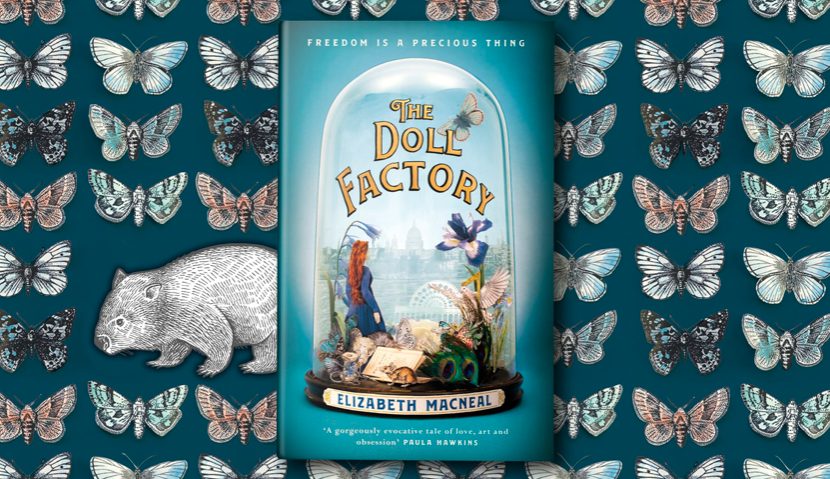Expectations for Elizabeth Macneal’s debut were high – an early draft of The Doll Factory won the 2018 Caledonia Novel Award and television rights to the historical novel were snapped up months before publication. From the publisher who gave us Jessie Burton’s hugely successful The Miniaturist, The Doll Factory has featured on every ‘must read’ list since the start of 2019 and thankfully justifies the hype.
Set in Victorian London the story follows Iris, an aspiring artist who works in a doll making shop with twin sister, Rose, and Silas Reed, a reclusive, disturbing collector and taxidermist. The sisters work in Mrs Salter’s Doll Emporium, making intricately painted dolls for rich children. Deemed too unattractive to be marriage prospects by their parents, the pair seem destined to live out their days toiling under the tyrannical Mrs Salter.
When Iris is approached by Louis Frost, an artist in need of a model, she agrees on one condition: that Louis teach her how to paint. Iris becomes muse and pupil of the member of the pre-Raphaelite Brotherhood and revels in her new creative endeavours. The relationship becomes more of a partnership as Iris starts to flourish as an artist and the book explores talent, ambition, familial obligation and the limitations imposed on women in the Victorian era.
There’s a thread of eerie threat running though the story as our protagonist is stalked by Silas, who has been obsessed with Iris since a brief meeting at the future site of the Great Exhibition in Hyde Park. Silas’s obsession extends to wondering what Iris would look like as one of his taxidermy subjects in passages that provoke shivers. Silas is the embodiment of disenchantment, resentment and entitlement and his creepy characterisation is wonderful.
The pacing and rich, atmospheric prose in this novel are perfect. Macneal describes the world of visual art so well the reader can see every colour and brushstroke and there is a sense the author must have an artistic background. The Victorian era and pre-Raphaelite movement are vibrantly depicted, with pithy observations that you will want to re-read as the action zips along. The final third of the novel is so engrossing it makes it difficult to put the book down. A triumphant debut which will make for a sumptuous, visually stunning TV production.
